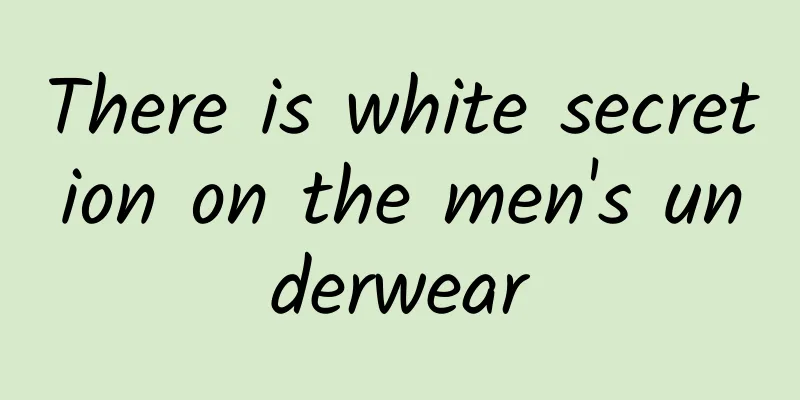Unable to straighten the knee

|
The knee joint is a human joint that people use very frequently in daily life. For normal people, their knee joints can generally be appreciated, but some people cannot straighten their knee joints. There are many reasons why the knee joint cannot be straightened, but most of them are caused by atrophy of certain leg muscles. Today I will introduce to you in detail why the knee joint cannot be straightened. When considering whether the knee joint can be straightened, the first thing we think of must be the quadriceps femoris, which is composed of the vastus medialis, vastus intermedius, vastus lateralis, and rectus femoris. The quadriceps femoris has the function of extending the knee. Among our patients with knee trauma, too many of them often get stuck at the last point of knee extension and cannot straighten the knee. In fact, a large part of the reason is that the vastus medialis oblique muscle atrophies due to braking, and is unable to complete the last 10-15° of knee extension. The vastus medialis muscle is composed of fibers that run in two distinct directions. The more distal oblique fibers (vastus medialis oblique) approach the patella medially to the quadriceps tendon at an angle of 50°–55°. The remaining more vertical fibers (vastus medialis longus) approach the patella medially to the quadriceps tendon at an angle of 15°–18°. The oblique fibers of the vastus medialis extend farther distally than the other muscle components of the quadriceps femoris. Although the oblique fibers account for 30% of the cross-sectional area of the vastus medialis, they play an important role in exerting pull on the patella in the oblique direction and in stabilizing and orienting the patella as it slides through the intercondylar groove. Of the four components of the quadriceps, the vastus medialis is the most important. It not only participates in the entire process of straightening the knee joint. This is especially important during the last 10-15 degrees of extension, as these last few degrees are the most important segment of the entire extension process. Therefore, the vastus medialis oblique muscle stabilizes the knee joint and protects the joint from injury during many activities. The vastus medialis oblique muscle often atrophies after knee injury or chronic knee dysfunction because the knee joint becomes irritated and flexed and stiff. After a knee injury, the knee atrophies because it cannot be fully straightened for a period of time. At this time, since the vastus medialis oblique muscle is the key muscle when the knee is finally straightened, it often atrophies after knee injury. Insufficient strength of the vastus medialis oblique muscle can easily cause knee pain Insufficient strength of the vastus medialis oblique muscle (VMO): The patella is pulled by the vastus medialis oblique muscle, vastus lateralis muscle and infrapatellar tendon to form a final balanced state. If the strength of the three parties is not coordinated, the patella will be misaligned. When people walk, run, stand, and do other movements in their daily lives, the force acting on the vastus lateralis muscle is greater than that acting on the vastus medialis oblique muscle. Therefore, the strength of the vastus medialis oblique muscle is relatively weak. Therefore, under this condition of unbalanced force, the position of the patella will gradually move outward, thereby narrowing the gap between the patella and the lateral femoral condyle, making it more likely that the patellar cartilage will be worn out when the knee is flexed. Shortened popliteus (the popliteus internally rotates the tibia) Normally, tibial external rotation is required when the knee is extended to the final 10-15°. External rotation disorders are often caused by shortened or tight popliteus muscles or shortened anterior and posterior joint capsules. We often focus knee problems on the quadriceps or vastus medialis oblique muscles, which sometimes solves the problem but sometimes not. At this time, perhaps we can try to deal with the popliteal muscles, which may have unexpected results. |
<<: Causes of head bone protrusion
>>: Why does my knee make a cracking sound when I stretch my legs?
Recommend
What medicine should I use for itchy and swollen glans?
Some men experience itching, redness and swelling...
Why is my waist swollen?
We have all heard of a swollen face, but a swolle...
How to restore brain nerve damage to normal
For patients, brain nerve damage can affect their...
How to treat spring "irritability"
With the arrival of spring, many people actually ...
Urogenital tract infections
Urogenital tract infection mainly occurs in males...
The efficacy and function of the fruit of the bark tree
The scientific name of the pawpaw tree is mulberr...
How to treat difficulty falling asleep?
Difficulty falling asleep is similar to insomnia....
How should women take better care of their ovaries?
The ovaries are very important to a woman's b...
What causes prurigo?
Pruritus is a disease with an unknown cause. When...
Berberine for enteritis
Everyone should be familiar with the drug berberi...
How to regulate weak spleen and stomach? These 4 points must be achieved!
Many people suffer from weak spleen and stomach i...
What are the drugs that are nebulized?
There are many nebulized drugs, which are a commo...
How to treat marginal gingiva effectively
The health of teeth is related to the health of t...
What harm do ticks do to the human body
What harm do ticks do to the human body? Ticks ar...
What is syringomyelia? There are these symptoms
Syringomyelia is a tubular cavity in the spinal c...









